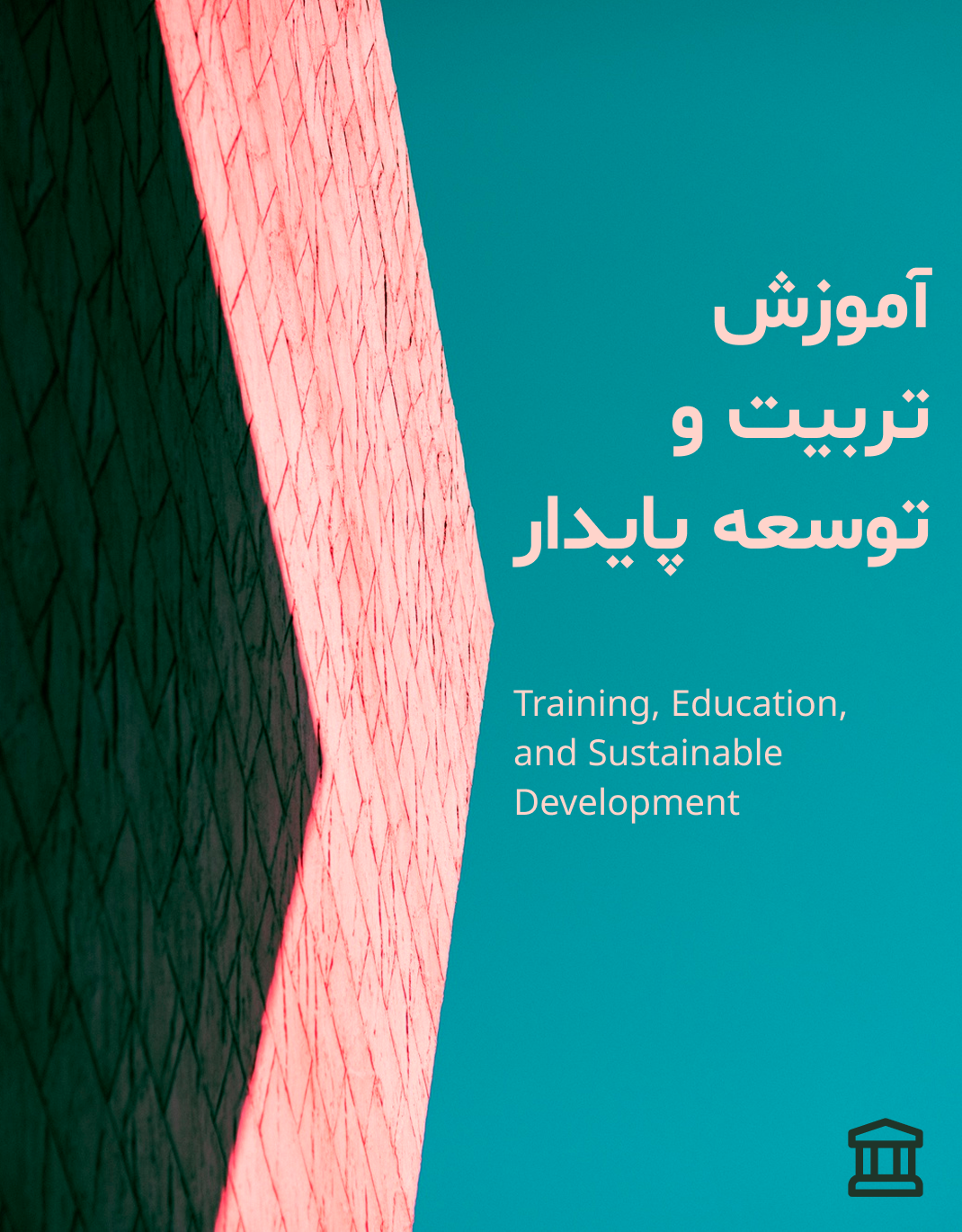Identifying Key Strategies to Strengthen Cultural Resilience in Schools Located in Crisis-Prone Areas
Keywords:
Cultural resilience, crisis-affected schools, cultural education, social capital, cultural diversityAbstract
This study aimed to identify key strategies to enhance cultural resilience in schools located in crisis-prone areas. Using a qualitative research approach and conventional content analysis, 19 participants including school principals, teachers, counselors, and education experts from crisis-affected schools in Tehran were purposefully selected with maximum variation. Data were collected through semi-structured interviews and continued until theoretical saturation was achieved. NVivo 12 software was used for data analysis, employing open coding, categorization, and theme development. Analysis of the data led to the identification of three main themes: "school cultural empowerment," "cultural crisis management," and "rebuilding school social capital." These themes encompassed subthemes such as cultural training for teachers, flexible curriculum development, intercultural dialogue, identifying cultural threats, and parental involvement. The findings indicated that cultural resilience in crisis-prone schools is a multilayered, context-bound, and participatory construct. The study revealed that strengthening cultural resilience in vulnerable schools requires integrated, school-based strategies. Educational policymakers should provide schools with relative autonomy in cultural decision-making and promote local community engagement. The findings offer practical implications for designing cultural interventions and improving education quality in fragile contexts.
Downloads
References
Adger, W. N. (2000). Social and ecological resilience: are they related? Progress in Human Geography, 24(3), 347–364.
Ahmadi, H., & Rezvani, M. (2022). Cultural diversity and resilience in Iranian urban schools. Journal of Educational Policy Studies, 14(2), 89–105.
Dryden-Peterson, S. (2021). Right Where We Belong: How Refugee Teachers and Students Are Changing the Future of Education. Harvard University Press.
Grotberg, E. H. (2003). A Guide to Promoting Resilience in Children: Strengthening the Human Spirit. Bernard van Leer Foundation.
Leithwood, K., Harris, A., & Hopkins, D. (2020). Seven strong claims about successful school leadership revisited. School Leadership & Management, 40(1), 5–22.
Masten, A. S., & Motti-Stefanidi, F. (2020). Multisystem resilience for children and youth in disaster: Reflections in the context of COVID-19. Adversity and Resilience Science, 1(2), 95–106.
Obrist, B., Pfeiffer, C., & Henley, R. (2010). Multi-layered social resilience: A new approach in mitigation research. Progress in Development Studies, 10(4), 283–293.
Downloads
Published
Submitted
Revised
Accepted
Issue
Section
License

This work is licensed under a Creative Commons Attribution-NonCommercial 4.0 International License.

